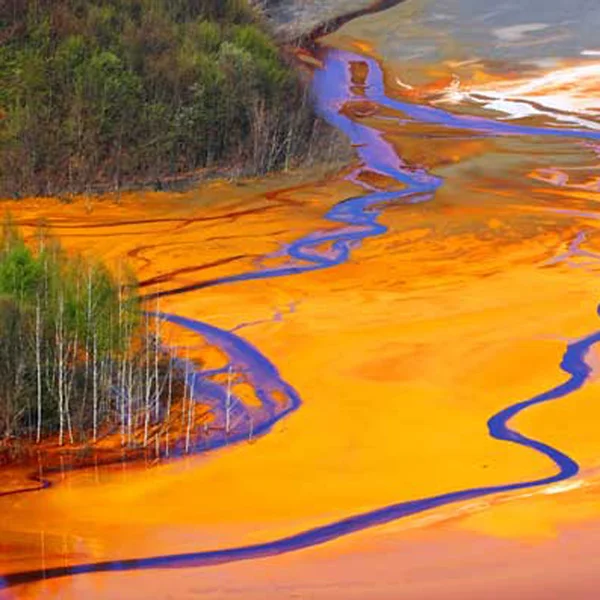What To Do About Copper in Well Water
Removing Copper Contamination From Water
We’ve all admired the beautiful blue color of a mountain lake or river. When we turn on our tap, however, we expect crystal clear water. If you notice your drinking water has the blue tint of a mountain lake, it’s a cause for concern.
The culprit is likely copper in your well water. When water is standing in plumbing for an extended period, can cause some leaching. The reaction between the pipe and water causes that blue or blue-green tint. Other signs of contamination include a slight metallic taste or blue-green stains on porcelain fixtures.
If your plumbing is less than a year old, some copper is normal and should decrease over time. However, it’s more likely your water pH is low and slightly corrosive. Hot water can exacerbate the problem and even cause physical damage to plumbing. Flushing pipes can remove the taste, but the corrosion will still occur.
What is Copper?
Copper is a naturally occurring metal present is rock, soil, and sediment. A small amount is essential for all living organisms and ensures good health. When present in drinking water, it can be a sign of low pH and corrosion. All water is slightly corrosive. Acidic water is associated with increased levels due to corrosion. Other factors can affect the corrosive effects of water, so diagnostic testing is important.
What Are The Health Effects of Copper?
While an essential nutrient, too much copper can have adverse health effects. Symptoms include vomiting, diarrhea, cramps and nausea. Long-term exposure (more than two weeks) can lead to serious health issues including liver and kidney damage. Infants and adults with compromised immune systems are particularly susceptible to copper toxicity.
Testing Well Water for Copper
Even at low levels, your water may taste slightly metallic or show a slight blue tint. You may also notice staining. While low levels will not harm you, it’s smart to have your water tested at the first sign of contamination. It’s the only way to determine the actual level present. Contact a state-certified laboratory or a well professional to ensure proper testing.
The EPA states that newer homes are more at risk. Levels tend to decrease over time. Your pipes will form a protective coating as long as your water is not corrosive. This coating insulates the pipe and prevents leaching. The process can take up to five years and during that time your water is in direct contact with your pipes. If testing shows increased copper levels, you should also test for lead as these two metals are often found together.
Water Treatment Options
Treatment can be simple. Run your water for 30 seconds before drinking, especially if you have not used any water for six hours or more. Also, use cold water for cooking. Run your tap until the water is its coldest. Once you flush your tap, fill extra storage containers for later use.
Other treatment choices available and a call Skillings and Sons. We can help you to understand your options. Point-of-use filters and filtered pitchers like a Britta are effective at removing copper from your water, but you should have your professional test for pH to address any possible corrosion issues. Remember, well water testing is your responsibility and an annual water test is the best measure for protecting the health of your loved ones and will provide you with peace of mind.

